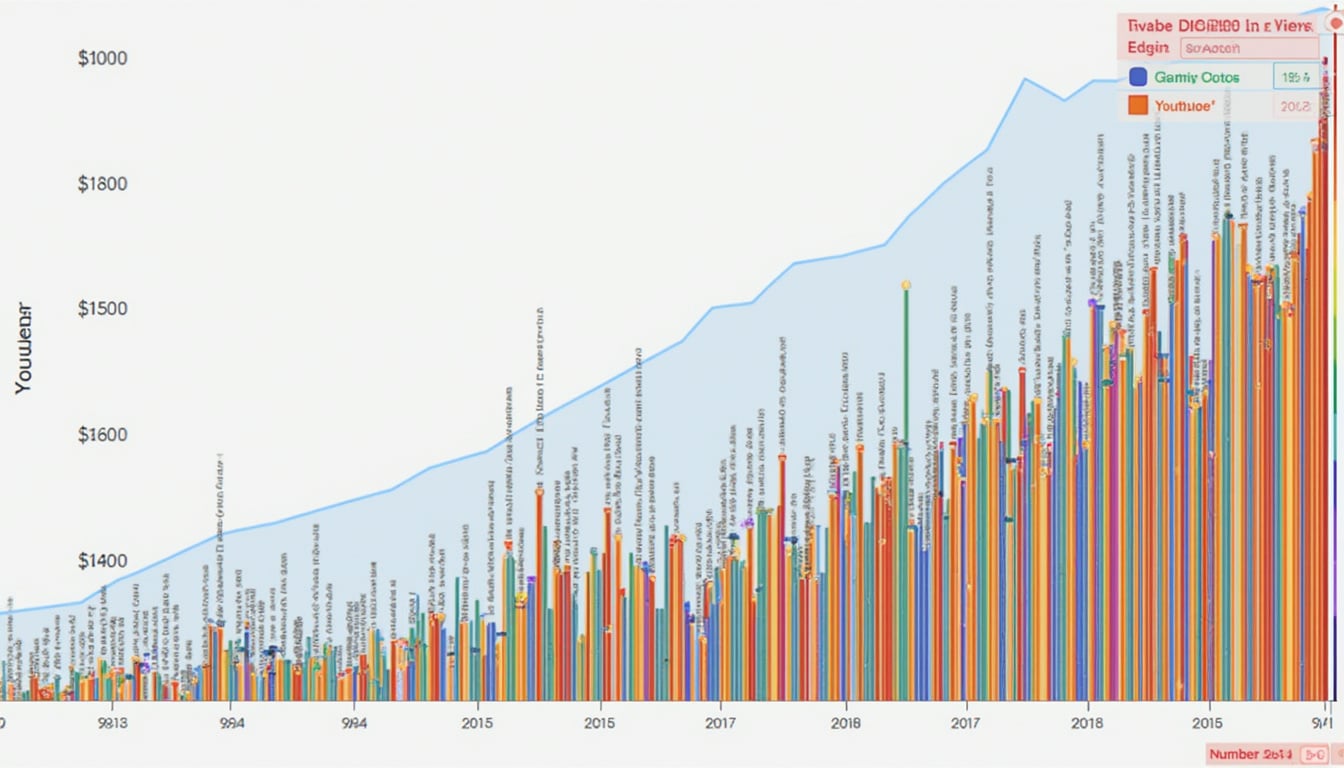Tags are essential components of your YouTube strategy, influencing everything from visibility to audience engagement. Strategically chosen tags serve as keywords or phrases that help YouTube algorithms understand and categorize your content. This ultimately leads to better performance in search results and recommendations. As a YouTuber, leveraging tags effectively can connect you with viewers searching for similar content, allowing you to grow your audience organically. The correct tagging method not only boosts your discoverability but also enhances viewer experience by drawing the right audience to your videos.
Understanding the Importance of Tags

To grasp the significance of tags fully, one must dive deep into how they function within the YouTube ecosystem. Tags inform YouTube about the content of your video, making it easier for the algorithm to match your video with relevant search queries. If you consistently use relevant tags that accurately reflect your video’s content, you enhance your chances of being discovered by viewers interested in that material. Additionally, effective tags contribute to search engine optimization (SEO), helping your videos rank better not only on YouTube but also on Google search.
Types of Tags
There are various types of tags that can be employed to amplify your video’s reach. Broad tags provide a general sense of the content, while specific tags hone in on more niche aspects. Balancing these two types can help cover a wider audience. For example, a video titled “Healthy Smoothie Recipes” might use broad tags like “recipes” or “cooking” and specific tags like “vegan smoothie recipes” or “high-protein smoothies”. Using a mix of these tags allows the target audience to discover your content based on different search intents.
Choosing Relevant Tags

Selecting appropriate tags is a critical component of your video optimization strategy. Focus on identifying tags that accurately describe your video. Start by brainstorming keywords that are relevant to your content. For example, if your video focuses on ‘How to train for a marathon’, suitable tags could include ‘running’, ‘marathon training’, and ‘fitness tips’. Consider using tools like Google Trends or YouTube’s autocomplete feature to uncover widely searched phrases. Additionally, pay attention to the tags employed by competitors in your niche. This can provide valuable insights into effective tagging strategies.
The Role of Long-Tail Keywords
Long-tail keywords refer to specific phrases that generally receive less search volume but have a greater chance of conversion. They help address specific queries viewers might have. For instance, instead of the generic tag ‘fitness’, consider using ‘beginner strength training tips’. These targeted keywords allow you to capture interest from users who are further along in their search process and are thus more likely to engage with your content.
Tag Placement and Consistency

Where you place your tags can make a significant difference in their effectiveness. YouTube’s algorithm gives more weight to the initial tags, so prioritize your most important ones at the top. A well-structured tag list should balance both broad and specific tags, helping you attract a range of viewers from different audiences. Consistency across your video titles, descriptions, and tags is also vital; mismatches can confuse both viewers and algorithms. A coherent tagging strategy that aligns with your video’s overarching theme will bolster your channel branding.
Pitfalls to Avoid
While tags are incredibly helpful, it’s crucial to avoid common pitfalls. Never use misleading tags to attract views—this can lead to viewer frustration and hurt your channel’s credibility. For example, using tags irrelevant to your video like ‘celebrity gossip’ for a cooking video may yield short-term view spikes but result in poor audience retention. It’s essential to maintain honesty in your tagging approach to build long-term trust with your audience.
Monitoring and Updating Tags

Monitoring the effectiveness of your tags is essential for continued success on YouTube. Regularly check the analytics section within your YouTube Studio to see which tags are driving traffic to your videos. Adjust your tags based on this data, and don’t hesitate to replace underperforming tags with others that may yield better results. Keeping your tags fresh and updated ensures your content remains relevant and discoverable. This ongoing adjustment process allows you to capitalize on trends and adapt your strategy in real-time.
Final Adjustments
As you fine-tune your tag strategy, remember that this is an evolving process. What works today may not work tomorrow. Pay close attention to shifts within your niche and adapt your tags accordingly. Incorporate relevant seasonal tags or tags related to trending events within your content area, maximizing the potential for discoverability. Your goal is to keep your channel dynamic and resonant with viewer interests.
Final Thoughts on Tag Optimization

Utilizing tags effectively is not merely an option; it’s a necessity for anyone serious about growing their YouTube channel. By understanding the different types of tags, choosing relevant keywords, maintaining consistent tag placement, and continuously monitoring their performance, you create a robust framework for YouTube success. This strategic approach allows you to connect with a targeted audience, enhance your video SEO, and increase your chances of success on the platform. Commit to mastering your tag strategy today, and reap the long-term rewards tomorrow.
